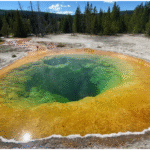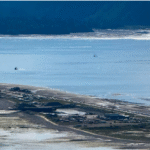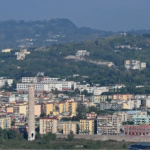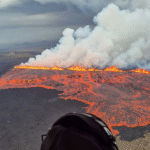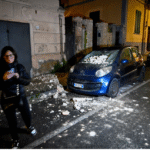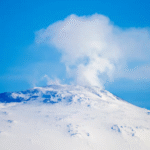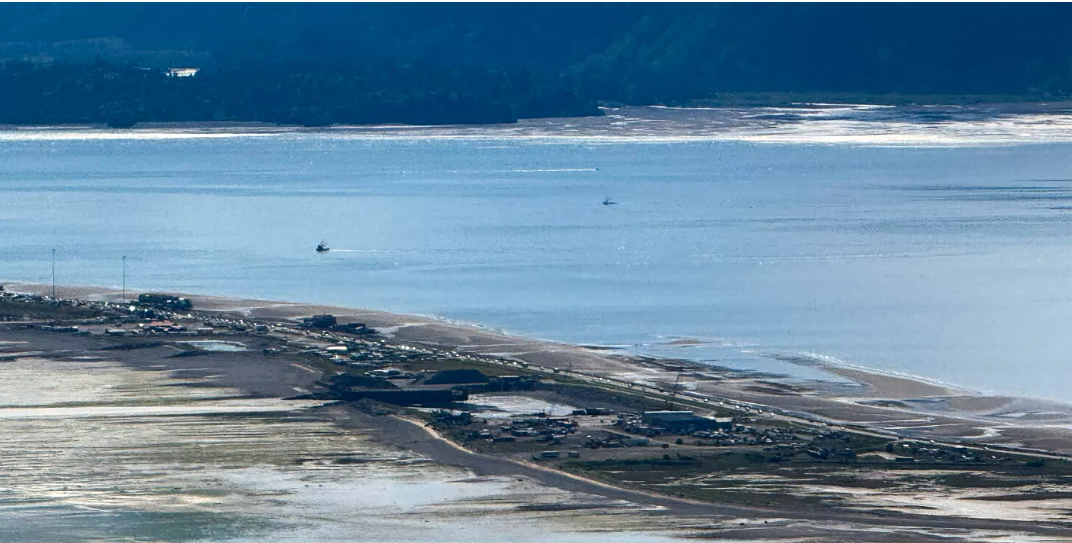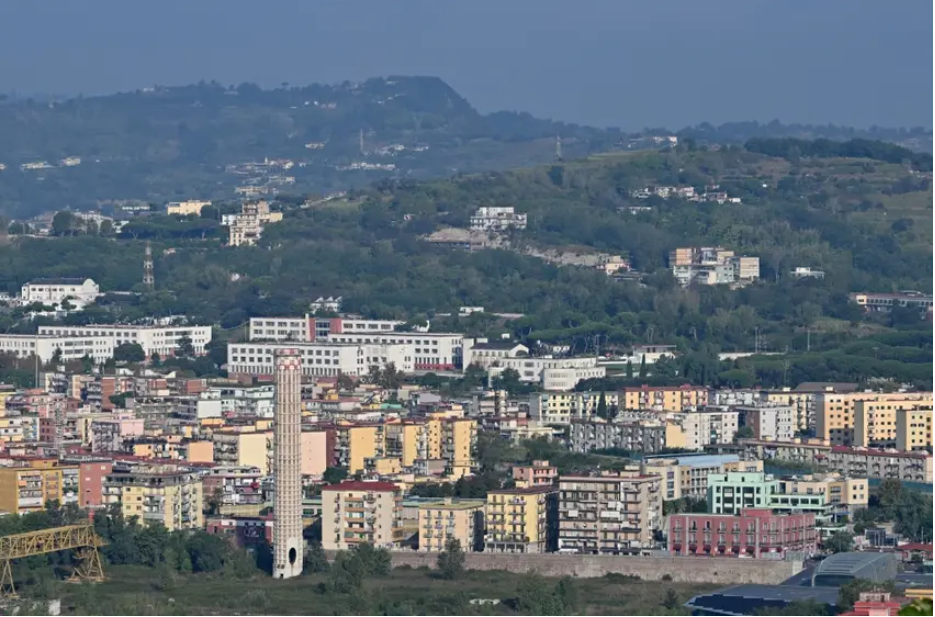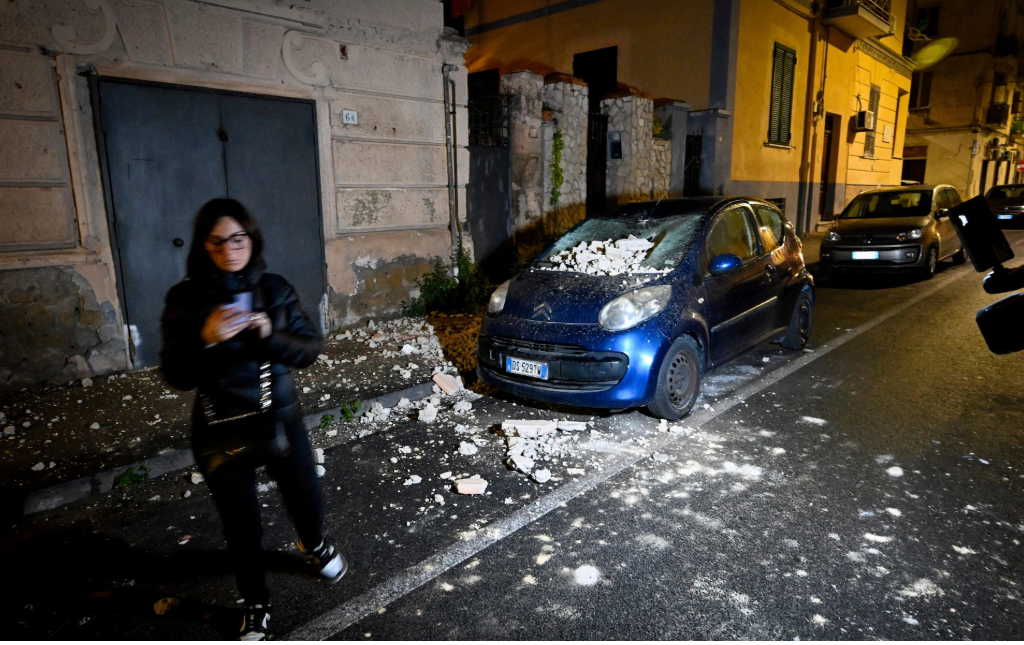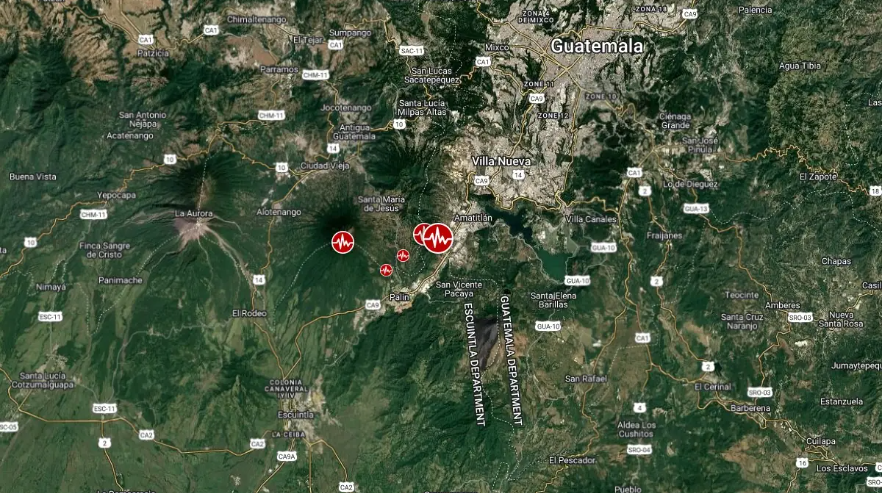The Ground Shakes: A 63-Tremor Warning
Walking near Solfatara crater last week, I felt the earth subtly shake—a pulse beneath Italy’s idyllic landscapes. Within 22 hours, 63 earthquakes rattled Naples, clustering near Pozzuoli and Solfatara. Most were low in magnitude, but their frequency and shallow depth (just 1 to 3 kilometers below the surface) rang alarm bells. As someone who’s monitored volcanic threats for years, I recognized this swarm wasn’t random. It echoed fracture zones from the 1980s unrest, where pressure built in brittle rock like glass—ready to explode.
Rising Earth: When Uplift Triples
Satellites and ground sensors confirm it: the ground is rising at triple the speed. Months ago, uplift measured 10mm per month. Now? 30mm/month. This vertical uplift isn’t gradual—it’s accelerating, stretching the crust like taffy. Italian volcanologists warn this fits an exponential curve, not linear growth. I’ve seen swelling volcanoes, but watching pressure build-up outpace decades of data feels unprecedented. Weak spots are forming, and structural stress cracks streets and historic sites like Pompeii’s wall.
Steam, Not Magma: The Hidden Danger
In 2024, a joint study by Stanford University and INGV cracked the mystery. Using ultrasound imaging and pressure modeling, they mapped a volatile chamber filled with superheated steam—not magma—trapped under caprock. This model reveals how steam forces through brittle rock, risking a phreatic explosion. Having collaborated with Italy’s top scientists, I’ve seen how this subsurface pressure turns dangerous fast. If caprock fails, explosive energy could burst through surface cracks without warning.
History’s Ghost: Eruptions and Evacuations
Campi Flegrei’s past is written in scars. The Campanian Ignimbrite eruption devastated 300 square kilometers, sending ash to Russia. In 1538, Monte Nuovo eruption gave just eight days of warning—small quakes and gas emissions birthed a new mountain. Today’s back-to-back swarms mirror that history. I’ll never forget the 1984 mass evacuations, when 40,000 people fled. Now, millions live here. Structural failure isn’t theory—it’s lived risk.
Tech vs. Time: Tracking a Ticking Clock
Technology—GPS sensors, drones, and thermal imaging—paints a grim picture. Gas detectors note rising surface temperatures; satellites log ground fractures. NASA and the European Space Agency run simulation models daily. Yet, this isn’t a chess game we’re winning. Animals act erratically; gas emissions spike. Every data point screams the system is unstable. We’re in critical territory, nearing a tipping point where stress limit breaches could be irreversible.
Global Time Bomb: When Europe Shudders
This sleeping monster is a world’s problem. If uplift triggers collapse, a worst-case scenario unfolds:
- An explosion blasts ash into the atmosphere, darkening skies.
- A shockwave flattens 15 kilometers of land, shutting airports.
- Economic shutdown cripples Europe; ash buries Rome, reaching the Balkans and Eastern Europe.
- Power grids fail, crops poison, transport halts. Human cost? Evacuation of millions, overwhelming hospitals, roads, and communication.
International surveillance tracks this supervolcano because atmospheric fallout could disrupt climate, food chains, and global travel. Supply routes freeze; economic chaos follows.
